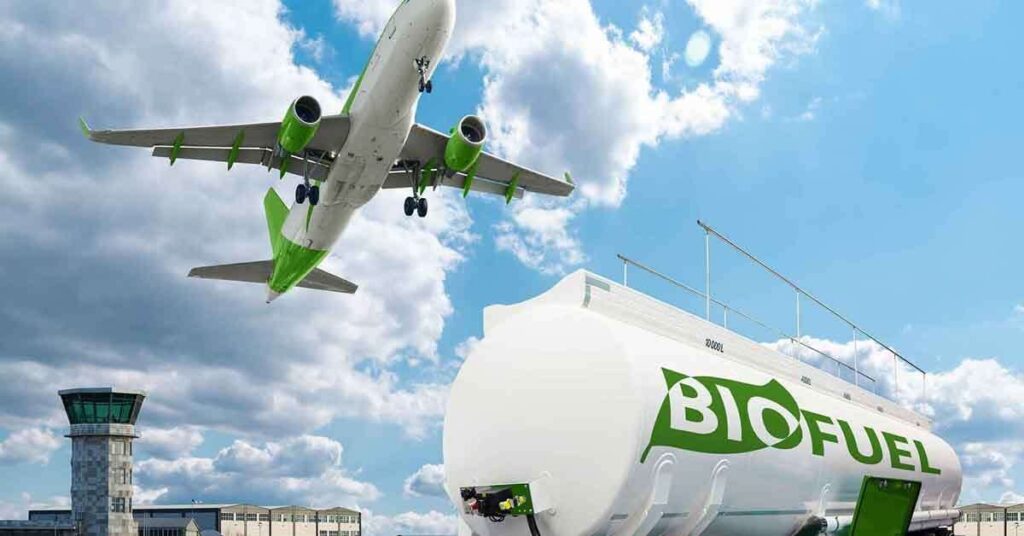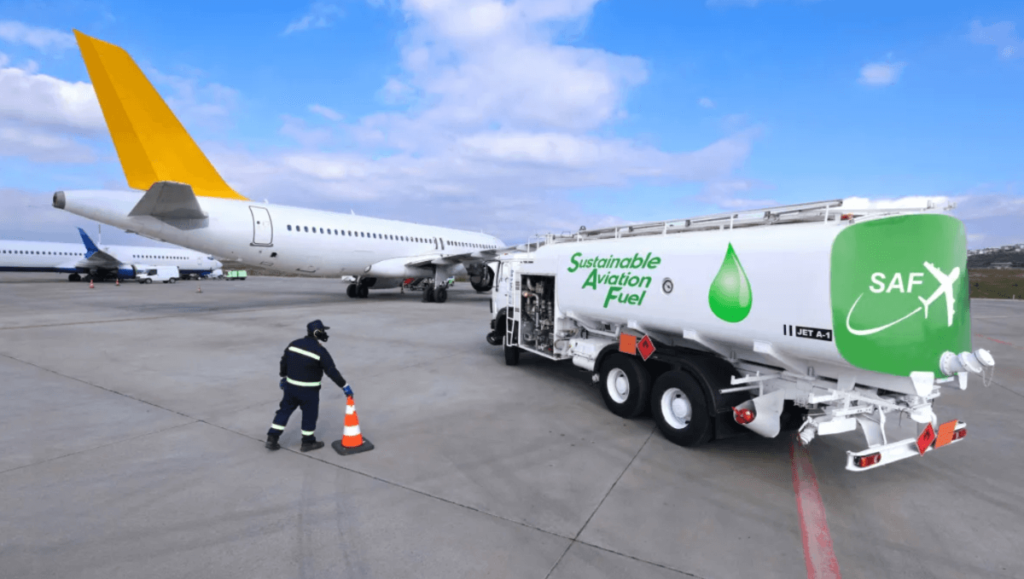The aviation industry is gearing up for a greener future but the runway remains long. According to the International Air Transport Association (IATA), global production of sustainable aviation fuel (SAF) is expected to double to two million tonnes in 2025. While that marks progress, the volume still represents a mere 0.7% of total fuel consumption by airlines worldwide.
SAF is widely viewed as a cornerstone of the industry’s decarbonisation efforts. Typically made from renewable feedstocks like used cooking oil, agricultural waste, and other biomass, these alternative fuels can cut lifecycle greenhouse gas emissions by up to 85% compared to conventional jet fuel. Despite the promise, SAF still faces major roadblocks most notably, scarce supply and sky-high costs.
“Doubling production is certainly a step forward,” said Willie Walsh, IATA’s Director General. “But let’s not kid ourselves, two million tonnes covers less than 1% of our needs. Worse still, that small amount adds $4.4 billion to the global fuel bill.”
As airlines scramble to meet tightening sustainability mandates, cost concerns are intensifying. The European Union and United Kingdom rolled out SAF mandates in January, triggering a sharp price increase. IATA estimates that Europe’s 2025 compliance target, one million tonnes of SAF, will cost $1.2 billion at current market prices, with another $1.7 billion tacked on in compliance fees.
Walsh didn’t mince words: “This is a cautionary tale of regulation outpacing readiness. When policies force uptake before market conditions are mature, we risk undermining the very energy transition we’re trying to accelerate.”
Fuel accounts for the lion’s share of aviation emissions, making decarbonisation both a climate necessity and an economic challenge. As it stands, SAF remains three to five times more expensive than traditional jet fuel. That price premium is a critical bottleneck in widespread adoption.

The estimated global cost of the aviation sector’s energy transition? A staggering $4.7 trillion. Walsh warned that governments must ensure decarbonisation policies don’t become cost traps: “Europe must rethink its approach. Raising costs while availability lags behind isn’t a sustainable path.”
To bridge the gap between ambition and action, IATA is calling for a multi-pronged approach:
- More robust government support for clean fuel production
- Reduced subsidies for fossil fuels
- Fair market conditions that prevent speculative price hikes
- Stronger implementation of CORSIA, the global carbon offsetting scheme launched in 2016
CORSIA (Carbon Offsetting and Reduction Scheme for International Aviation), created by the International Civil Aviation Organisation (ICAO), is designed to offset emissions from international flights. IATA insists it needs better integration with global SAF markets, including access to Eligible Emissions Units (EEUs).
IATA has taken concrete steps to accelerate SAF adoption:
- The SAF Registry, operated by the Civil Aviation Decarbonisation Organisation (CADO), helps track SAF purchases, usage, and emissions reductions.
- The SAF Matchmaker platform connects airlines with verified SAF suppliers, streamlining procurement and reducing friction in the supply chain.
These tools are designed to bring greater transparency and standardisation to the emerging SAF market, particularly as airlines face increasing regulatory pressure and investor scrutiny.
The momentum behind SAF is undeniable. With production set to double and demand steadily rising, the pieces of a greener aviation puzzle are beginning to fall into place. But industry leaders caution that scale, affordability, and policy alignment remain critical to turning early success into lasting change.
“SAF is no longer just a concept, it’s a reality,” said Walsh. “But for it to truly take flight, we need coordinated action, smarter policy, and long-term investment.”
As the aviation sector moves toward its ambitious net-zero targets, 2025 may be remembered as a year of important, if incremental, progress, one that proves just how complex decarbonisation will be at 30,000 feet.



